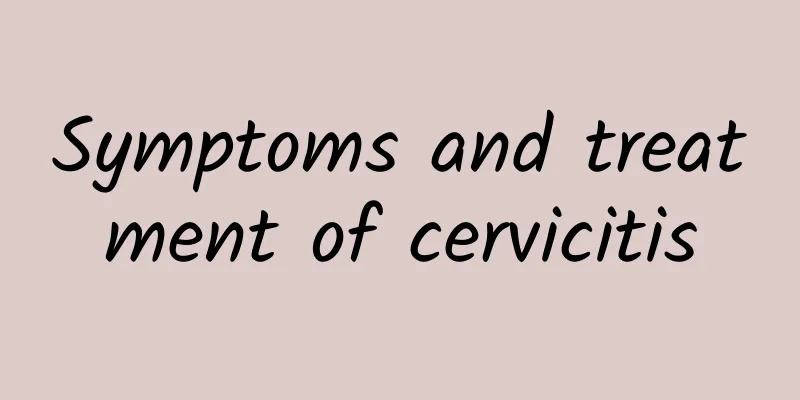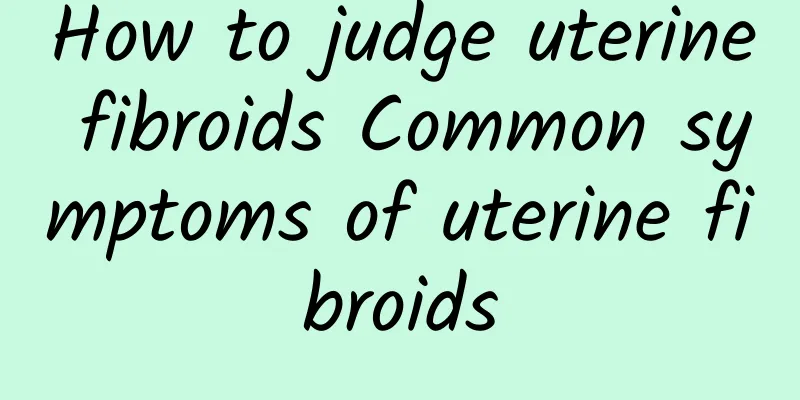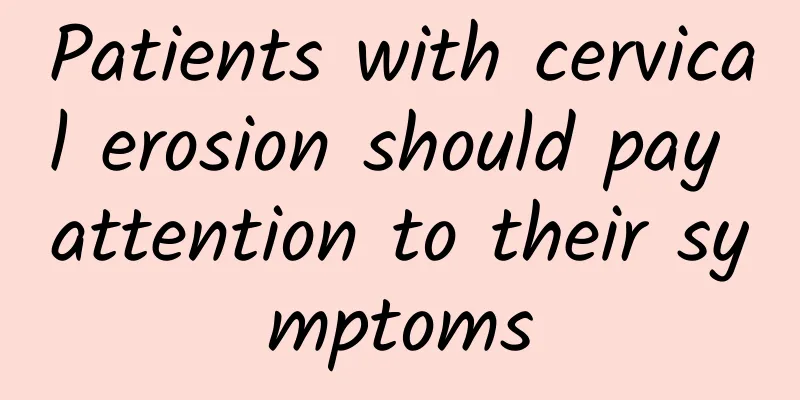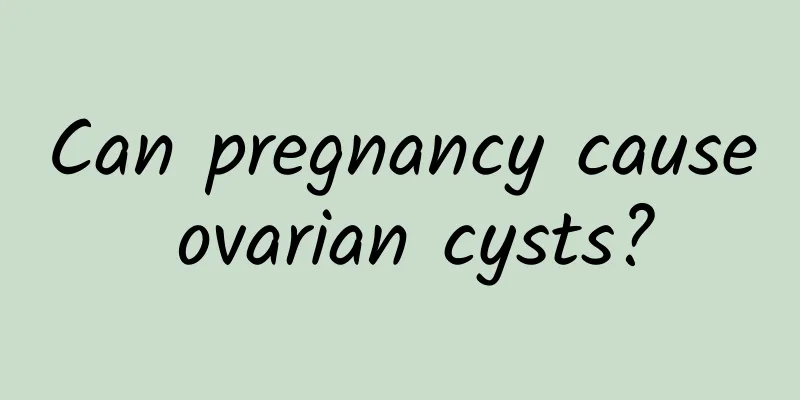Symptoms and treatment of cervicitis

|
Symptoms and treatments for cervicitis vary from woman to woman. Most women have no obvious symptoms, but may experience increased vaginal discharge, lumbar pain, and contact bleeding. Treatments include medication, physical therapy, and surgery. 1. Symptoms and treatment of acute cervicitis Acute cervicitis is usually manifested by increased vaginal discharge, which is mucopurulent. These discharges may irritate the vulva, causing symptoms such as vulvar itching, burning sensation, dyspareunia, and lower abdominal pain. Antibiotics such as tetracyclines, erythromycin, and metronidazole are commonly used to treat acute cervicitis. These drugs can effectively inhibit bacterial growth and reduce inflammatory responses. 2. Symptoms and treatment of chronic cervicitis The symptoms of chronic cervicitis are relatively hidden, mainly manifested as pain in the lower abdomen or lumbosacral region, especially during menstruation or defecation, the pain may be aggravated. Patients may also experience symptoms such as dyspareunia, yellowish leucorrhea, and contact bleeding. For patients with mild symptoms, special treatment is usually not required. If there are erosive changes or increased secretions, local physical therapy such as laser, freezing and microwave can be selected. If there are cervical polyps, cervical polypectomy is recommended to prevent further health problems. 3. Preventive measures The key to preventing cervicitis is to maintain good personal hygiene habits. Regular gynecological examinations can detect and treat cervicitis early. Avoiding unclean sexual intercourse and using condoms can effectively reduce the risk of infection. Strengthening physical fitness and maintaining good living habits, such as a reasonable diet, moderate exercise and adequate sleep, can improve immunity and reduce the possibility of inflammation. 4. Things to note in life Women with cervicitis should pay attention to the following points in their lives: avoid sitting for long periods of time to reduce pressure on the abdomen; keep the vulva clean and dry, and choose underwear with good breathability; avoid using highly irritating cleaning solutions, and choose mild care products; pay attention to dietary conditioning, consume more foods rich in vitamins and minerals, and enhance the body's resistance. 5. The importance of psychological adjustment Although cervicitis is a common gynecological disease, its psychological impact on women cannot be ignored. Maintaining a good attitude, facing the disease positively, and cooperating with the doctor's treatment plan will help the recovery of the disease. You can reduce psychological pressure by sharing your feelings with friends or family. Through the above points, we can better understand the symptoms and treatment of cervicitis. For women, understanding their physical condition and timely examination and treatment are important steps to maintain health. I hope this information can help everyone better deal with cervicitis and maintain a healthy life. |
<<: How to relieve menstrual pain
>>: Can I take fluconazole if my vaginitis relapses two days after I got the HPV 9-valent vaccine?
Recommend
Can cervical erosion cause pelvic effusion? What is the relationship between the two?
Pelvic effusion is a phenomenon that many women n...
It is important for women to prevent osteoporosis after menopause
It is important for women to prevent osteoporosis...
What vegetables and meat can be eaten with uterine fibroids? What foods can be eaten with uterine fibroids?
What vegetables and meat can be eaten with uterin...
Specific symptoms of cervical precancerous lesions
The early lesions of cervical cancer are quite ob...
Avoid the increase of visceral fat with this trick! "Limited sugar diet" can only be sustained by doing this
How to avoid visceral fat gain - Eliminate the bo...
Will chronic cervicitis cause infertility? Beware of the four hazards of chronic cervicitis
Will chronic cervicitis cause infertility? Beware...
Can pelvic inflammatory disease cause peritonitis? Treat it early
Due to the special location of pelvic inflammator...
Can I get pregnant with adenomyosis?
It is possible to get pregnant with adenomyosis, ...
Introduce some symptoms of ectopic pregnancy
What are the symptoms of ectopic pregnancy? Do yo...
What are the examination methods for vaginitis?
Vaginitis has a very high incidence rate, and the...
Can a natural abortion be clean? You need to do a check-up to know
Pregnancy is a very happy thing for women, but if...
How to treat leucorrhea that is red and sticky? The cause is quite complicated
If a woman's leucorrhea is red and sticky, th...
The main causes of adnexitis in life
Adnexitis is very common in daily life. If you wa...
Irregular menstruation and still can't get pregnant
If you have irregular menstruation and have not b...
How to correctly choose the treatment time for cervical erosion?
How to correctly choose the treatment time for ce...









